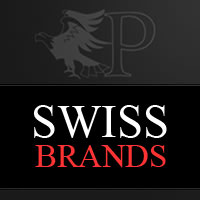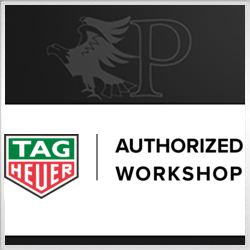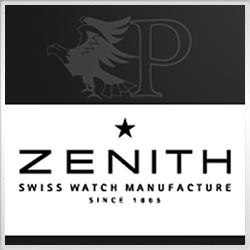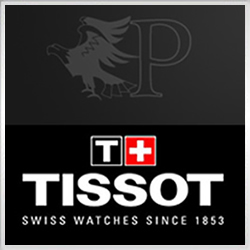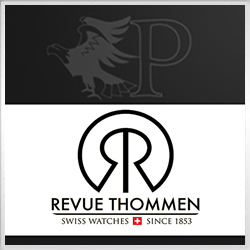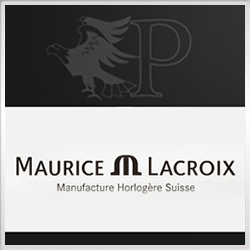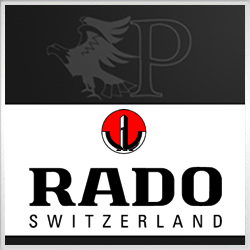Chronometer Rating
COSC aka C.O.S.C. is Contrôle Officiel Suisse des Chronomètres, the Official Swiss Chronometer Testing Institute, which is the institute responsible for certifying the accuracy and precision of wristwatches in Switzerland.
Founded in its current form in 1973, the COSC is a Swiss non-profit organization that tests Swiss-made chronometers .COSC testing generally applies to watches manufactured /assembled in Switzerland.
Three laboratories now test the movements submitted by individual watch manufacturers to be granted chronometer status. They are in Biel/Bienne, Geneva and Le Locle. The Geneva and Biel laboratories are almost entirely devoted to testing Rolex movements. Although not all Rolex watches are chronometers, Breitling has claimed that since 2000 all of its production is COSC certified. Omega also has much of its production certified. Thus, based upon the movements used by Rolex, Breitling, and Omega, the movement calibers that obtain most of the COSC certificates are the Rolex 3135 (since 1988) (and variants 3155, 3175, 3185, 4130) and 2235, the ETA 2892A2 (and variants) and Valjoux 7750, each of which operates at 28,800 beats per hour.
Standards and methods
Each officially certified COSC chronometer is identified by a serial number engraved on its movement and a certification number given by the COSC.
Testing criteria are based on ISO 3159 which defines a wrist chronometer with spring-balance oscillator. Only movements which meet the precision criteria established under ISO 3159 are granted an official chronometer certificate. Compare ISO 3158.
Each uncased movement is individually tested for fifteen days, in five positions, at three different temperatures. The movements are fitted with a seconds hand and the automatic winding mechanisms are disengaged for the tests. Measurements are made daily with the aid of cameras. Based on these measurements, seven eliminatory criteria are calculated, each of which must be met e.g. for movements of a diameter over 20 mm, the requirements, indicated in seconds/day, are noted in the table below. There is no ISO standard for quartz timepieces, but there is development in this field. ISO 10553:2003 specifies the procedure for evaluating the accuracy of quartz watches, individually and by lot, and the relationship between the accuracy tested and the accuracy classification given by the manufacturer. It applies to quartz watches having accompanying documents on which the accuracy classification is indicated. Nevertheless, COSC has also developed its own standard for testing quartz chronometers with eight eliminatory criteria, also noted in the table below.
COSC Standards
| Mechanical | Quartz |
|---|---|
| Average daily rate: -4/+6 | Average daily rate at 23 °C: ± 0.07 |
| Mean variation in rates: 2 | Rate at 8 °C: ± 0.2 |
| Greatest variation in rates: 5 | Rate at 38 °C: ± 0.2 |
| Difference between rates in H & V positions: | Rate stability: 0.05 |
| -6/+8 | |
| Largest variation in rates: 10 | Dynamic rate: ± 0.05 |
| Thermal variation: ± 0.6 | Temporary effect of mechanical shocks: ± 0.05 |
| Rate resumption: ± 5 | Rate resumption: ± 0.05 |
| n/a | Residual effect of mechanical shocks: ± 0.05; 200 shocks equivalent to 100 G (981 m/s2, 3,217 ft/s2) |
Measurements are compared with a time base established by two independent atomic clocks synchronized on GPS time. Not all chronometers are supplied with the report issued by the COSC as the reports are optional to the brand or maker. Each manufacturer may decide whether to reveal the results gathered during the certification process of the movement. For example, Breitling do supply all their watches with COSC Certificates (all Breitling watches since 2000 are Certified chronometers) however Rolex and Omega do not supply even their chronometer certified watches (not all their watches are certified chronometers) with the COSC certificates. Omega however can provide the COSC chronometer certificate if asked.
Observatory trials and standards before 1973
While competitive chronometer testing took place at the observatories in Neuchâtel (1866-1975) and Geneva (1873-1967), testing of large numbers of watches intended for public sale was conducted by the independent Bureaux officiels de contrôle de la marche des montres (B.O.s) established between 1877 and 1956. Between 1961 and 1973, “a chronometer [was] a precision watch, which [was] regulated in several positions and at different temperatures and which had received a certificate [from the (“B.O.)].” Collective certificates, rather than individual certificates, were usually issued. The 1961-73 standard required a mean daily rate in five positions of -1/+10. In 1973, the B.O.’s came under the C.O.S.C. which specified a daily rate of -4/+6 sec.
Meaningful test or marketing gimmick?
There is a debate among watch enthusiasts as to whether the COSC chronometer certification for a Swiss watch is a meaningful test or a simple marketing gimmick. On the one hand, when a watch maker intends to submit a movement for COSC testing, they frequently employ additional jewelling (i.e. to the barrel) and better quality” Ébauche ” parts (i.e. higher quality hairsprings, mainsprings, balance wheels; regulators, etc.) all aimed at the coveted chronometer certification. On the other hand, it is likely that most good quality movements on the market today are capable of being tweaked, and timed to fall comfortably within the benchmark -4/+6 average daily rate criteria of the COSC. However, movements so submitted to COSC are more likely to be submitted with better quality parts in order to be confident of a successful test, and as a consequence may be more likely to maintain better timekeeping rates over the service life of the time piece.
Brands submitting to COSC
Rolex submit by far the largest number of movements to COSC followed by Omega SA, Breitling, TAG Heuer and Panerai. Breitling submit all movements for certification but other manufacturers only submit certain models.
Certification in perspective
Fine regulation and chronometer characteristics of a watch can be destroyed in seconds by a rough and inexperienced hand. Considering the fact that mechanical watches are almost never used for real timekeeping and navigation anymore, and that practically any quartz watch is vastly better in accuracy, certification may be considered a historic relic by some, but it verifies the accuracy and quality of a mechanical movement. Quartz movement is almost always more accurate however mechanical movements are preferred by some watch enthusiasts.

